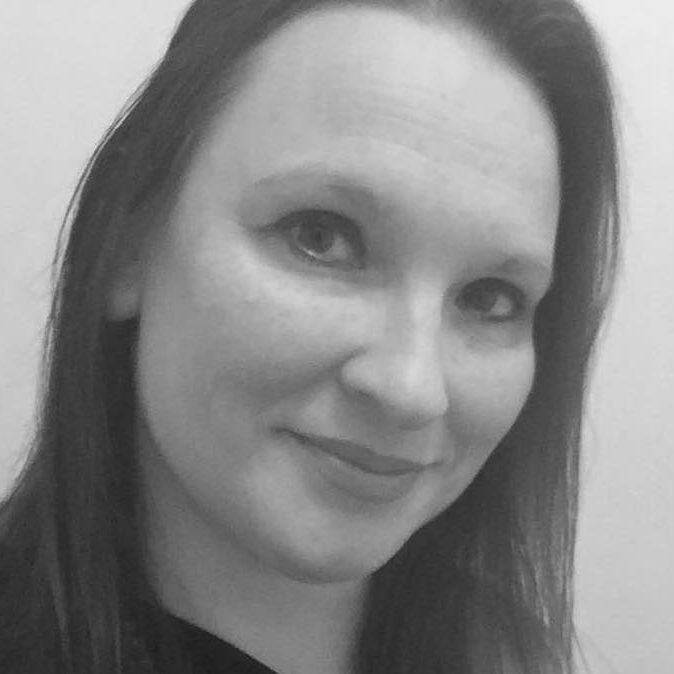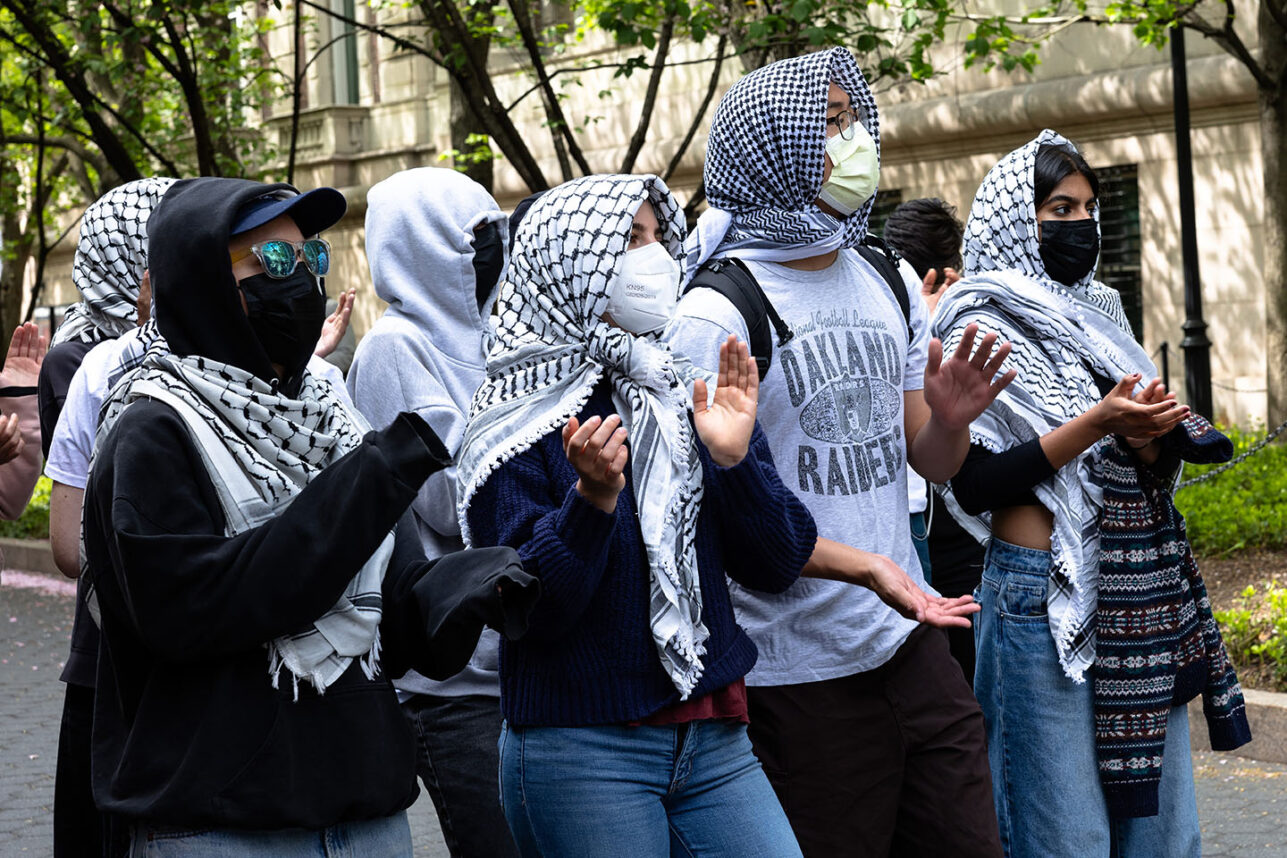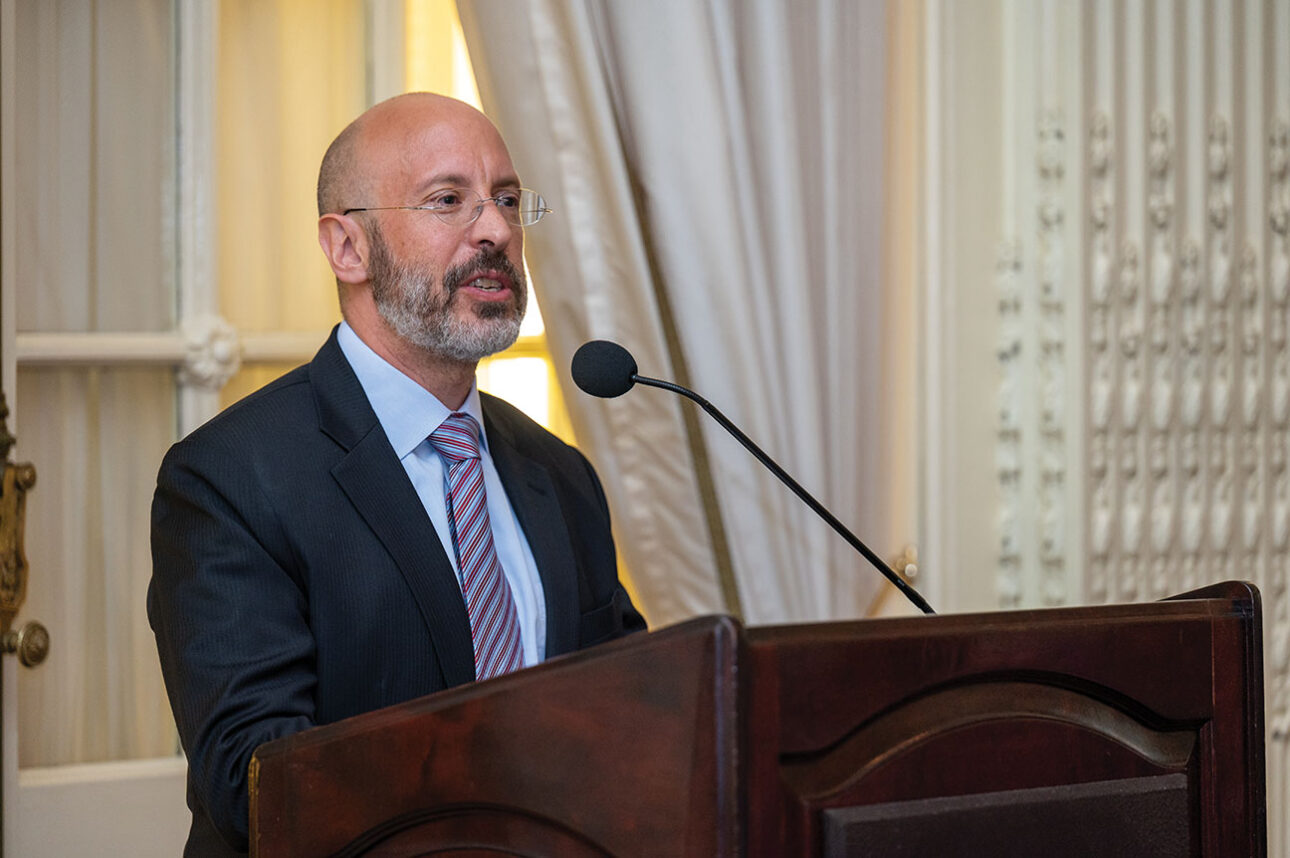Start to finish, making challah is a multisensory, multilevel process: mixing ingredients into dough, taking time to let it rise, punching it down, letting it rise some more, separating the dough into balls, stretching the balls into ropes, weaving the ropes together, tucking the ends under, glazing it with egg wash, setting it in the oven and breathing in the smell as it bakes to golden brown, tapping the bottom to make sure it’s cooked through, slicing (or tearing) the loaf and making “mmm” noises while you’re chewing.
“It tastes like cake,” someone will say, as you all sigh into the gustatory experience that links a Shabbat or holiday meal to all the Shabbat or holiday meals of the past. (Except Passover meals, of course, when we unsuccessfully pretend matzah is bread.) That’s the power of challah.
The braided — or sometimes round, as it is for the High Holy Days — bread has become a way to bring community together. These days, communities are using it to mobilize social action or as prayer for healing. For some, it is a business (see related article). But whether challah bakers are in it for the prayer, the pleasure or the profit, what they all share is passion.
Challah and Spirituality
When her friend’s daughter was battling cancer, Mushka Lightstone, a resident of Los Angeles’ Fairfax/LaBrea neighborhood, joined a group of 40 women making challah every week in honor of — and praying for — the sick child.
Lightstone, executive producer of the 2014 documentary “Shekinah: The Intimate Life of Hasidic Women,” started researching the practice and found it to be “very powerful.”
“Every step of putting the bread together has its own significance,” she said recalling sources ranging from the Torah and Talmud to the Midrash and Kabbalah.
The primary source for challah is in Numbers (15:18-19): “When you enter the land to which I am taking you and you eat of the bread of the land, you shall set some aside as a gift to the Lord.” Setting a small piece aside (traditionally 1/24th of the batch) has become known as “taking challah” (hafrashat challah). In Temple times, that fraction would have been given to the priests, but in our times, the piece is burned, recalling the Temple sacrifices. (Hafrashat challah is only for wheat, barley, oat, spelt or rye; challah bakers using rice, quinoa or other flour are exempt.)
As Lightstone worked her way through the challah recipe, she said, she “would have in mind each element I was putting together and meditate on the deeper aspects of each thing. I would visualize this little girl and visualize her wellness,” she said, “bringing in the unity of the whole world and the healing power and energy of the universe.
“There are so many times when we feel so powerless and things in the world seem so crazy,” Lightstone said. “I believe all of creation is like this hologram, it’s all energy. I feel like I become a partner in that creation with Him, and work on the rectification of things. As I’m kneading the challah, I think about bringing the world back together and making it look beautiful again.”
While challah bakes to help heal the ill are primarily an Orthodox custom, some liberal Jews have adopted the practice as well, including Rabbi Rebecca Einstein Schorr, who grew up in Fountain Valley and served the Reform Congregation B’nai Tzedek as rabbi until 2011.
“Just as we set aside the Sabbath day as holy, I want to set aside my preparation as distinct and special too,” said Schorr, editor of “The Sacred Calling: Four Decades of Women in the Rabbinate.” In an email, she wrote that she collects the names of “those who are in need of blessing” from her Facebook network, which “helps me set an intention for the sacred act of baking challah.”
“Knowing that generations of Jewish women before me have observed this particular segulah (protective charm) binds me to our past while simultaneously looking towards a better future for those who need healing,” Schorr wrote.
Linguistically, the word “challah” shares a Hebrew root with the word “chol,” meaning “ordinary” or “secular” (think of holidays’ intermediate days — “chol hamoed” — or the word for “sand,” also “chol”). Combining ordinary things — flour, water, oil — makes them better together, elevates them from “chol,” mundane, to “kodesh,” holy.
“By establishing this spiritual practice, the physical act is elevated to the spiritual plane,” Schorr wrote.
Baking the World to a Better Place: Challah for Hunger
A recent report on hunger by Feeding America, the leading network of food pantries in the United States, revealed that 10 percent of food pantry clients (about 4.5 million) were students who “explicitly reported that they were forced to choose between paying for food and for their educational expenses,” according to the Challah for Hunger website. For instance, at the University of California, “2 in 5 students reported that they experienced food insecurity in the past year, and nearly 23 percent reported that they skipped meals to save money.”
On 82 campuses in 28 states nationwide, Challah for Hunger is mobilizing thousands of students and young adults — and challahs — to solve this problem.
Challah for Hunger was founded in 2004 by then-Scripps College student Eli Winkelman. The goal was to use challah to connect students and to raise funds for social justice causes. Their first challah sale was on Oct. 1, 2004; they became a registered 501(c)(3) in 2009 and moved their headquarters to Philadelphia in 2013.
Challah sale proceeds are split 50-50 between the national hunger organization MAZON and a local hunger relief nonprofit of each chapter’s choosing.
“This connects people with the food they need now and connecting to an advocacy group that does more long-term change on systemic issues,” said Talia Berday Sacks, Challah for Hunger’s project manager, in a phone interview.
She called the issue of hunger among college students a “new, hyper-local form of hunger” that is “quietly growing,” adding that they don’t have exact numbers because food-insecure students may find it stigmatizing to receive food assistance.
Kneading Connection: Challah Hub
Sarah Klegman baked challah with her mom in Northern Michigan “ever since I could reach the counter,” she said. From film school in Chicago, to starting a career in talent management and comedy production in L.A., and now as a writer and marketing/branding professional, she maintained her practice of baking challah.
“At the time,” she said in a phone interview, “people found it hilarious that a professional businesswoman would also bake bread from scratch at home. The reaction that people have when you march into a space presenting them with this homemade bread … they get so excited. When you see a challah that was made by hand, presented by the person who made it, it’s a very unique and personal thing.”
She met Elina Tilipman, a marketing entrepreneur originally from Germany, and the pair realized that their shared passion for braided bread — and the “weird stuff” they could put into challahs —could be a social and business opportunity.
“Challah is a long process,” Klegman said. “When you bake challah with someone, it’s four to six hours; you’re going to get to know each other.”
The pair formed Challah Hub, which started as a recipes blog, then expanded to include tasting events. Their first event featured a tasting of more than 30 different challah flavors and featured a diverse group of musicians, artists and “business types,” all socializing over challah.
Challah Hub’s modern and fun twist on an old tradition also helps them reach the millennial crowd, Klegman said, “who don’t always feel a strong connection to their heritage, and that’s a pretty cool thing to be able to do.”
In the coming months, Challah Hub will be launching the “Challah Hub Beta,” taking orders through their website (challahhub.com) and, soon after, launching a subscription-based home challah delivery service.
Challah Hub also organizes bakes at the Downtown Women’s Center. While the Women’s Center gets leftover food from other places, Klegman said providing homemade challah specifically for these women is special.
“I don’t know what I believe in,” she said, “but there’s something about having this piece of beautiful bread that took time and was made by someone who cares for you with their hands that is both physically and spiritually nourishing.”























 More news and opinions than at a Shabbat dinner, right in your inbox.
More news and opinions than at a Shabbat dinner, right in your inbox.